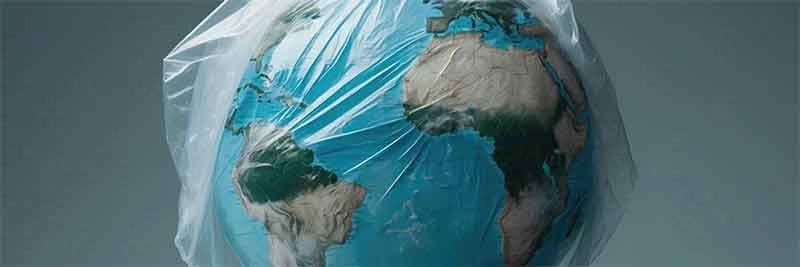
Delhi, India — June 4, 2025 — A new report titled “Waste-to-Energy (WTE) Incineration and Urban Heat in Delhi: Burning Waste, Warming Cities?” released today by The People’s Alliance for Waste Accountability (PAWA) exposes a disturbing and overlooked consequence of Delhi’s waste management policy of promoting Waste to Energy (WTE) incineration plants —intensified urban heat and health risks driven by WTE incineration. Incineration releases greenhouse gases like carbon dioxide and other pollutants that trap heat in the atmosphere, contributing to urban heat islands.
The report is the first of its kind to highlight how Delhi’s four existing WTE plants—located in Okhla, Bawana, Ghazipur, and Tehkhand—contribute significantly to the city’s Urban Heat Island (UHI) effect. These plants currently burn over 7,250 tons of unsegregated municipal solid waste daily and release both thermal and chemical pollutants leading to the creation of UHIs.
Key findings at a glance-
The report combines technical analysis with community testimony to document the multifaceted harm caused by WTEs:
● Extreme localized heat and highest sensible heat near the WTE incinerators (compared to coal/oil fired power plants) because of the dry-cooling systems/air-cooled condensers used by WTEs and residents describing their neighborhoods as “gas chambers/ heat prisons.”
● Estimated everyday emissions of 398 million cubic meters of flue gas at a temperature of about 200 °C and other heat emissions from MSW storage pit, bottom ash, auxiliary equipment and surface modifications.
● Estimated CO₂ emissions of 12,325 tons every day equivalent to emissions from about
30,81,250 passenger cars/day
Despite warnings, the Municipal Corporation of Delhi plans to nearly double incineration capacity by 2027. This move contradicts its own data showing that only 10% of Delhi’s waste is truly non-recyclable. “By releasing enormous quantities of waste heat and greenhouse gases, these plants are creating localized heat zones that worsen health outcomes and living conditions, particularly for marginalized communities.” said Virender Kumar of Wastepickers Welfare Association. “Studies led by IIT-Delhi have already shown that the Badarpur thermal power plant created high Urban Heat Island intensity in the Badarpur area. WTEs produce more heat per unit of electricity produced than thermal power plants triggering extreme UHIs.” said Chythenyen Devika Kulasekaran from the Centre for Financial Accountability. Farzana, a former waste picker in the Ghazipur dumpyard who lives near the WTE plant and whose parents were former employees of the plant in Ghazipur WTE said that, “All of the plastics that we used
to collect from the dumpyard is now burnt in the WTE, and of course it will increase heat near the plant.”
Key Recommendations:
● Halt the expansion of WTEs in Delhi.
● Mandate independent studies to assess the thermal and pollution impact of existing WTEs.
● Integrate WTE heat emissions into Environmental Impact Assessments (EIA).
● Shift to decentralized, community-driven alternatives like composting and bio-methanation.
● Recognize WTE sites as urban heat hotspots and develop mitigation plans accordingly.
“WTE facilities aggravate the crisis by releasing not only chemical pollutants but also substantial thermal emissions, an aspect grossly overlooked in current regulatory frameworks. Delhi’s fight against intensifying heat cannot succeed without confronting the thermal injustice embedded in its waste infrastructure.” said Bhavreen Kandhari of Warrior Moms.
You can access the full report here –
https://www.cenfa.org/wp-content/uploads/2025/06/Burning-Waste-Warming-cities-3.pdf
Subscribe to Our Newsletter
Get the latest CounterCurrents updates delivered straight to your inbox.
















































